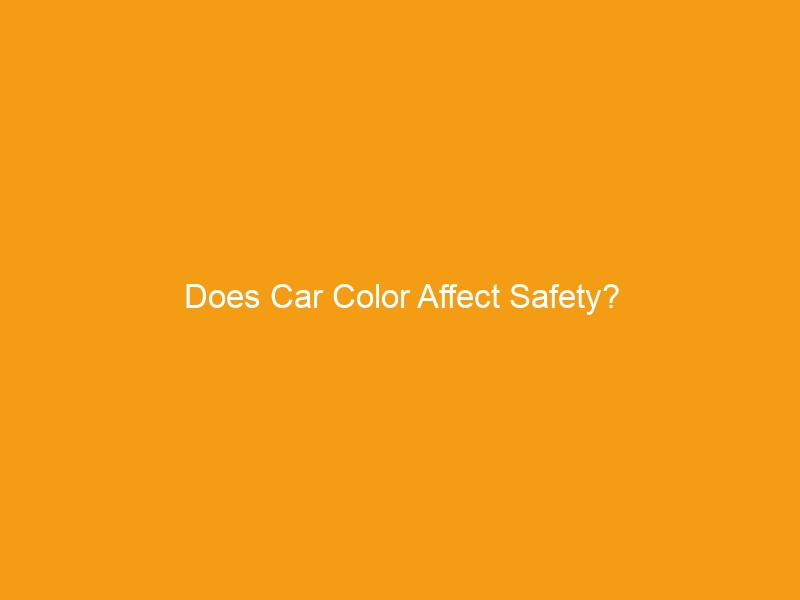No one wants to be in a car accident, but with traffic levels increasing on the roadway every year, it’s in some cases inevitable that you will be. Even so, there are certain steps you may be able to take to reduce your risk of being in an accident.
One of the perhaps more interesting things that may influence your safety when you’re behind the wheel is the color of your vehicle. Of course, color isn’t as important as things like your speed and whether or not you’re distracted while you’re behind the wheel, but it’s still just one more thing you might think about to protect yourself when you’re driving.
The following are some things to know about car color crash risk and safety.
What’s Considered the Safest Car Color?
Studies have shown that drivers of white cars are less likely to be in a car accident than anyone else.
Twelve percent less likely, in fact.
At the same time, the research is mixed, because another study found that yellow cars could be the safest. This might explain why school buses are yellow.
Yet another school of thought indicates that silver cars are safest, with researchers finding that people driving silver cars are around half as likely to be in an accident than drivers in other colors.
Gold cars don’t tend to be associated with a big increase in crash risk, and orange cars are considered one of the safest car color choices on the market.
What is the Most Dangerous Car Color?
While there’s debate about the safest car color, there’s not so much debate about the most dangerous car color. It seems to be that there’s consensus about black cars being the most dangerous. No study has found that any other car color is associated with more collisions.
Even so, the risk of being in a black vehicle can vary significantly depending on the time of day.
Why Are Some Colors Safer Than Others?
Typically bright colored cars tend to be involved in fewer accidents likely because of a simple reason—they’re easier to see.
There are differences between how bright the color is, even when it’s the same color, which supports this concept. For example, bright blue cars are less likely to be in an accident than dark blue.
Anytime a car is vibrantly colored, it’s more likely to be seen by other motorists and, therefore, less likely to be in an accident.
Setting Differences
Where you’re driving influences how safe one color might be compared to another.
For example, if you’re driving primarily in urban areas, a green car is more likely to stand out. If you’re driving in a rural or wooded area, maybe not so much.
For driving mostly in rural areas, a bright color like red or yellow could stand out most.
Night vs. Day
If you’re driving at night, it’s going to be more challenging to see a car of any color, but bright colors tend to be more reflective. Obviously, it’s going to be pretty tough to see a black or gray car at night.
If you’re driving during the day, blue cars are harder to see if it’s a sunny day.
Does Car Color Affect Insurance?
There is a myth that the color of your car affects your insurance, and that’s not true. Regardless of the color of your car, your policy rates won’t go up or down because of this factor.
However, the factors car insurance providers will ask about that may be part of your insurance costs include the make and model of your vehicle, vehicle year, vehicle body type, engine size, and VIN.
While the color itself won’t affect your insurance, if you have a custom paint job, this might. You may want to have that custom paint job included as part of your coverage.
A custom paint job might be considered an aftermarket modification and you can extend your insurance to cover it.
While you might not factor the safety of a color car choice into your own decision if you’re making a purchase, it can be especially important to think about if you’re in the process of buying a car for an inexperienced teen driver. If they stand out more on the roadways, it could make a discernible difference in how safe they are on the roads.
Regardless of the color of your car, you should always focus on being a vigilant, focused driver and be alert when you’re behind the wheel.

